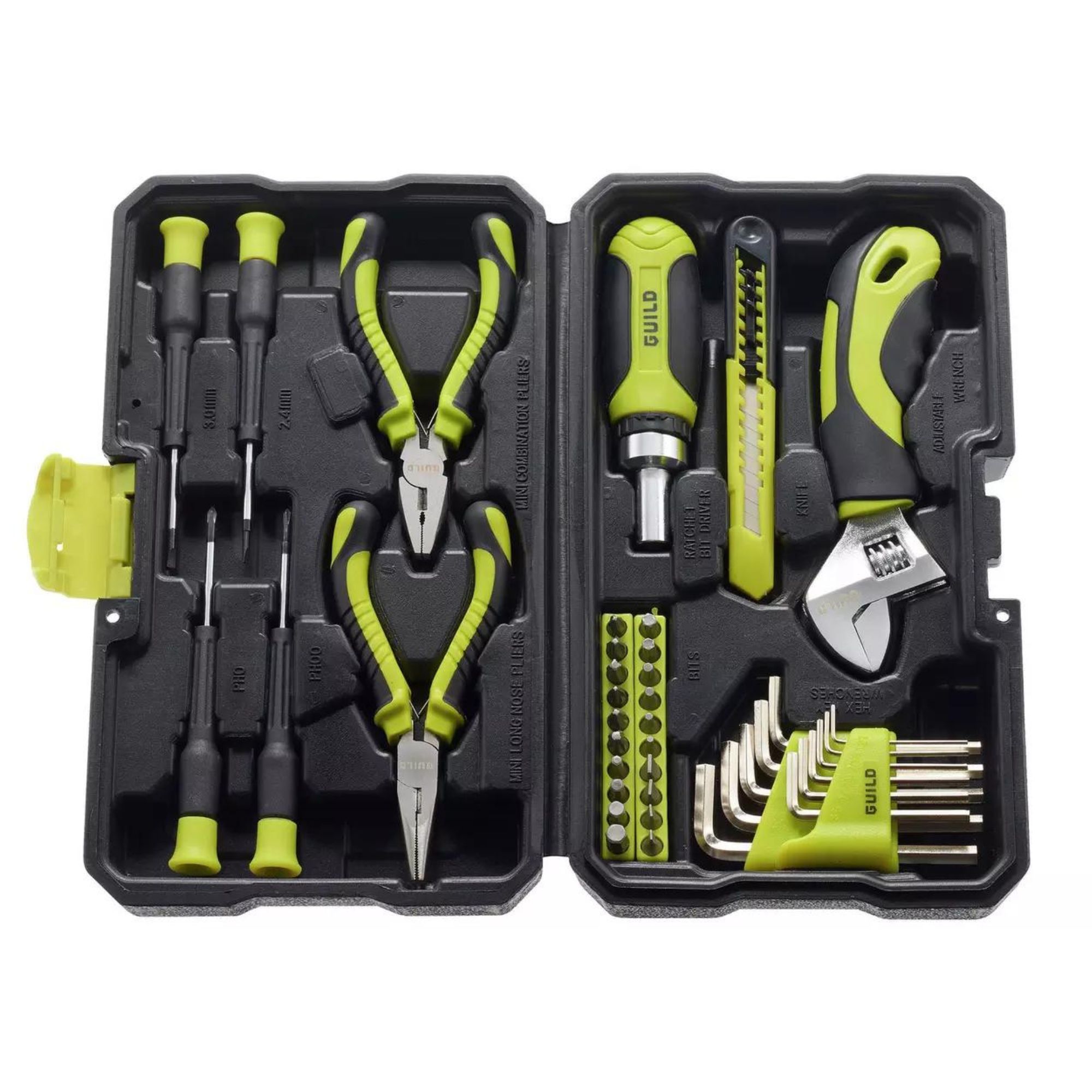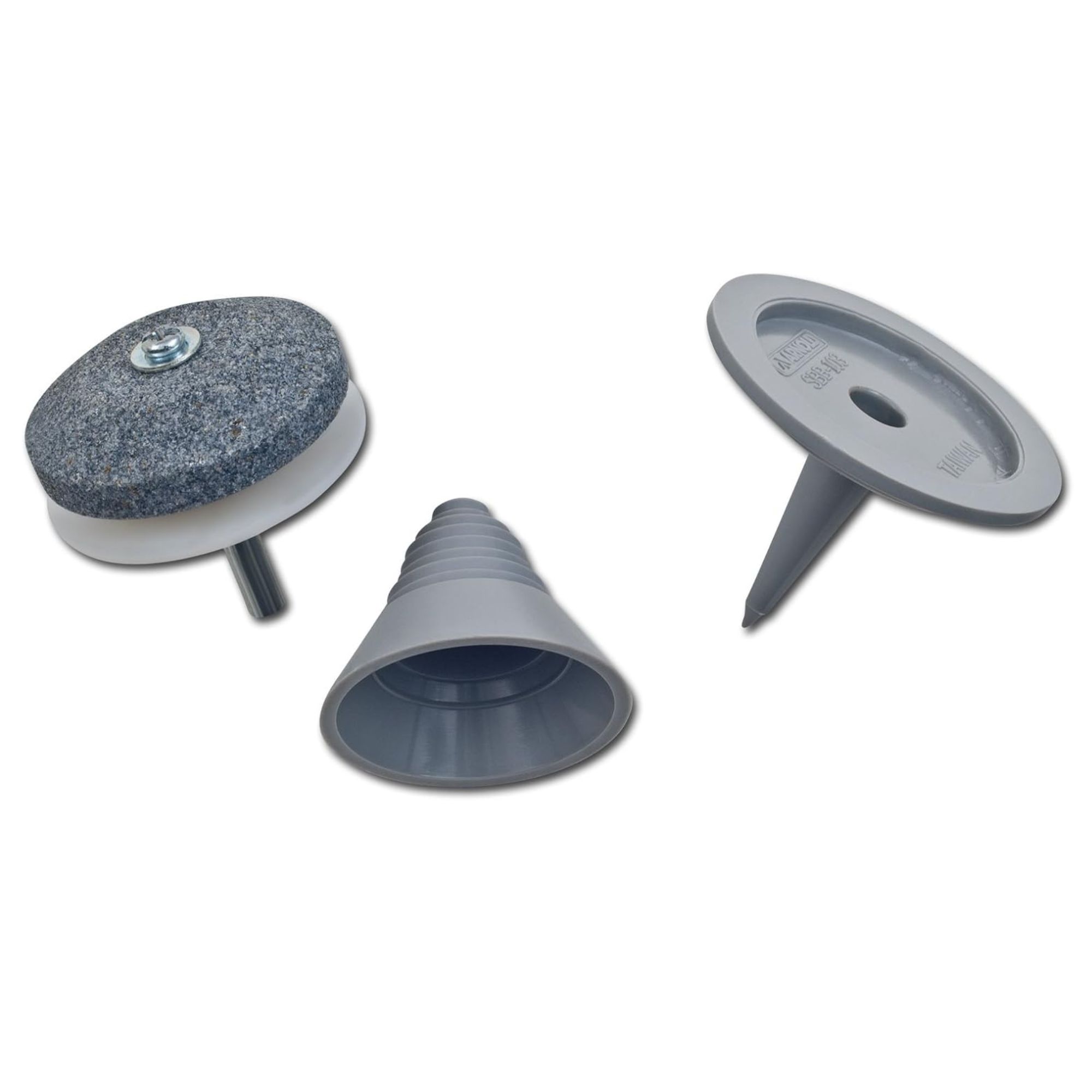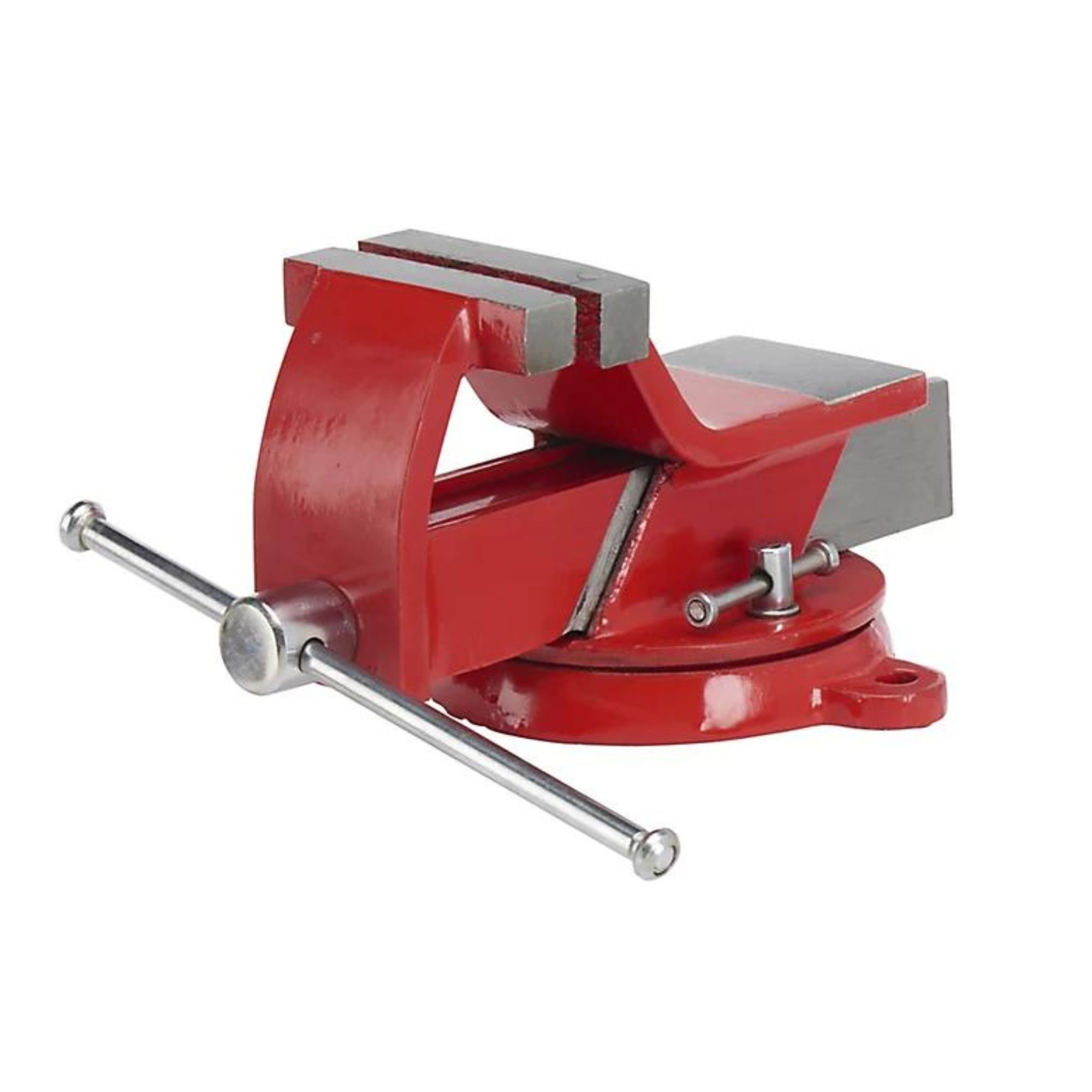How to sharpen lawn mower blades - and why you should complete this task before winter, according to experts
When was the last time you sharpened your blades?

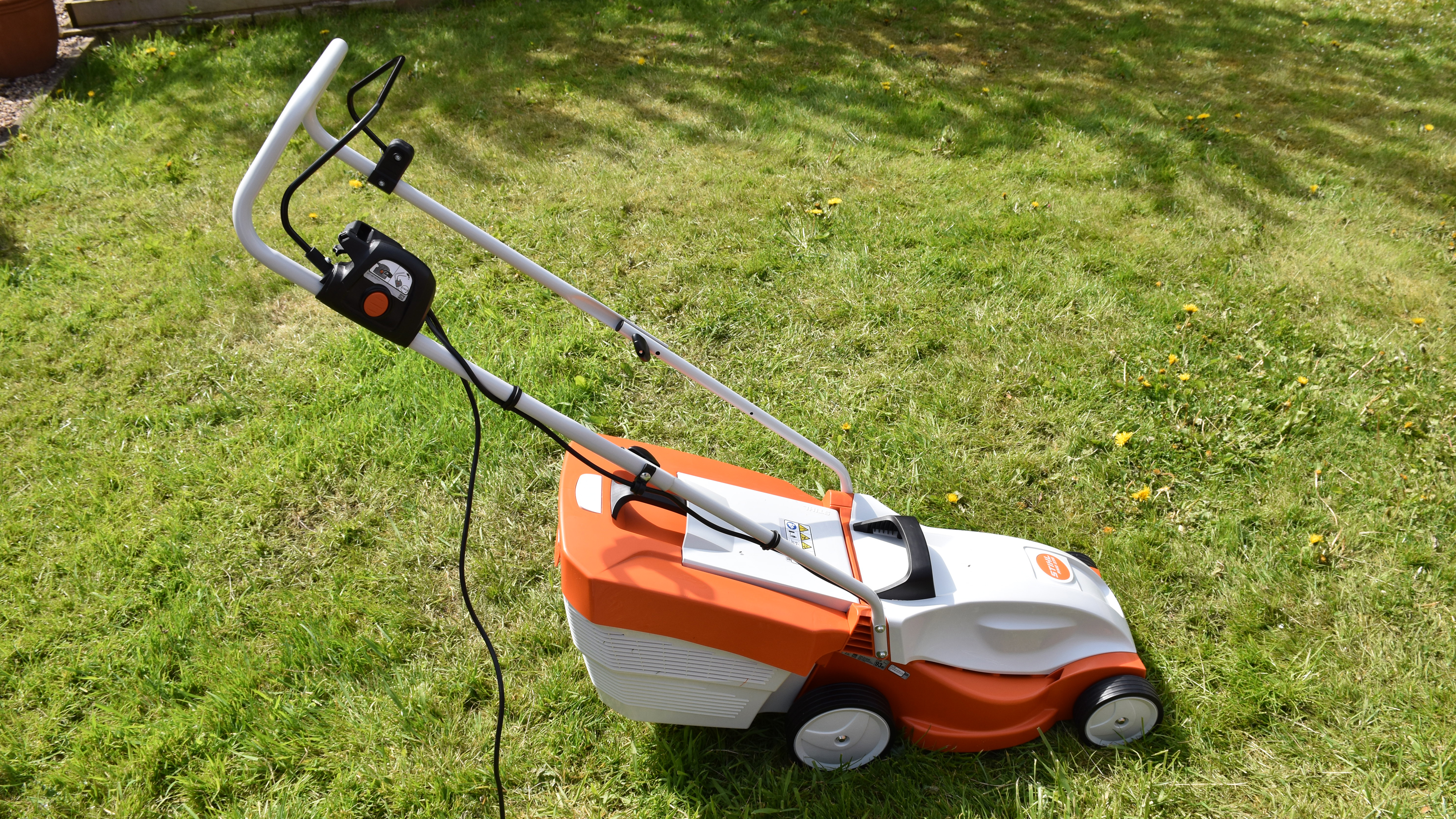
If you’ve noticed that your lawn looks a little worse for wear after mowing or you can sense this essential garden gadget isn’t working to the best of its ability, you might be wondering how to sharpen lawn mower blades. After all, blunt blades are often the culprit.
Yes, while the best lawn mowers can bring your lawn ideas to life, blunt lawn mower blades can instantly ruin your efforts. They can take chunks out of your lawn, rip your grass from the ground, and leave your garden susceptible to disease and waterlogging. That’s why it’s so important to keep them in tip-top condition.
So, whether you want to sharpen lawn mower blades before you store your lawn mower for winter or ensure your first cut after winter goes down without a hitch, you can follow this step-by-step guide to sharpen lawn mower blades yourself.
What you'll need
Step-by-step
1. Choose the right time

Although you can sharpen lawn mower blades at any time of year - whether spring, summer, autumn, or winter - experts urge you to do this at least once before the cold weather kicks in.
Peter Chaloner, managing director of Cobra, advises, ‘Before you store your lawnmower away for the winter, take a few minutes to sharpen the blades. Sharp blades make a big difference when you start mowing again in spring -they give you a cleaner, healthier cut and prevent your grass from looking torn or patchy. Plus, sharpening now helps prevent rust from settling in over the winter.’
So, it’s probably a good idea to add this to your list of gardening jobs to complete in October.
2. Unplug or remove the battery
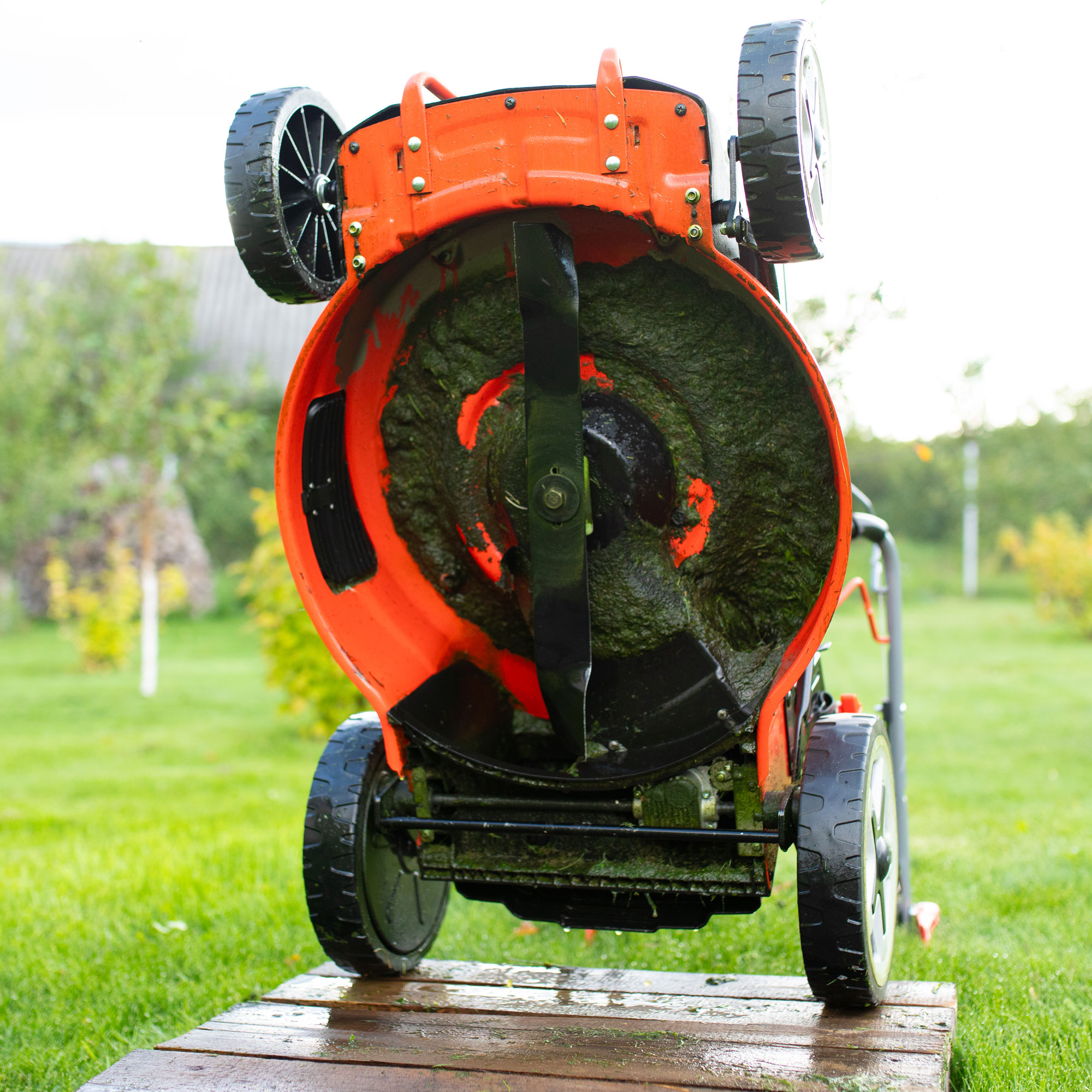
You should never clean a lawn mower or sharpen lawn mower blades while the lawn mower is still in action, as that’s a recipe for disaster (and missing fingers). So, always unplug your lawn mower or remove the battery before doing anything. If you have a petrol-powered lawn mower, you should also remove the spark plug.
Sign up to our newsletter for style inspiration, real homes, project and garden advice and shopping know-how
When you’ve done that, you should be able to safely tip your battery-powered lawn mower onto its side so you can easily see and reach the blades. Neil Donovan, AKA The Bath Gardener, warns against doing this if you have a petrol-powered lawn mower, though.
He says, ‘Remember, petrol mowers can’t be turned upside down (the air filter should always be kept on top to avoid filter damage).’ So, he suggests lifting it up instead - which means this is probably a two-person job.
If any loose grass clippings are obstructing your view, use a soft-bristled brush to get rid of them.
3. Remove blades from the mower
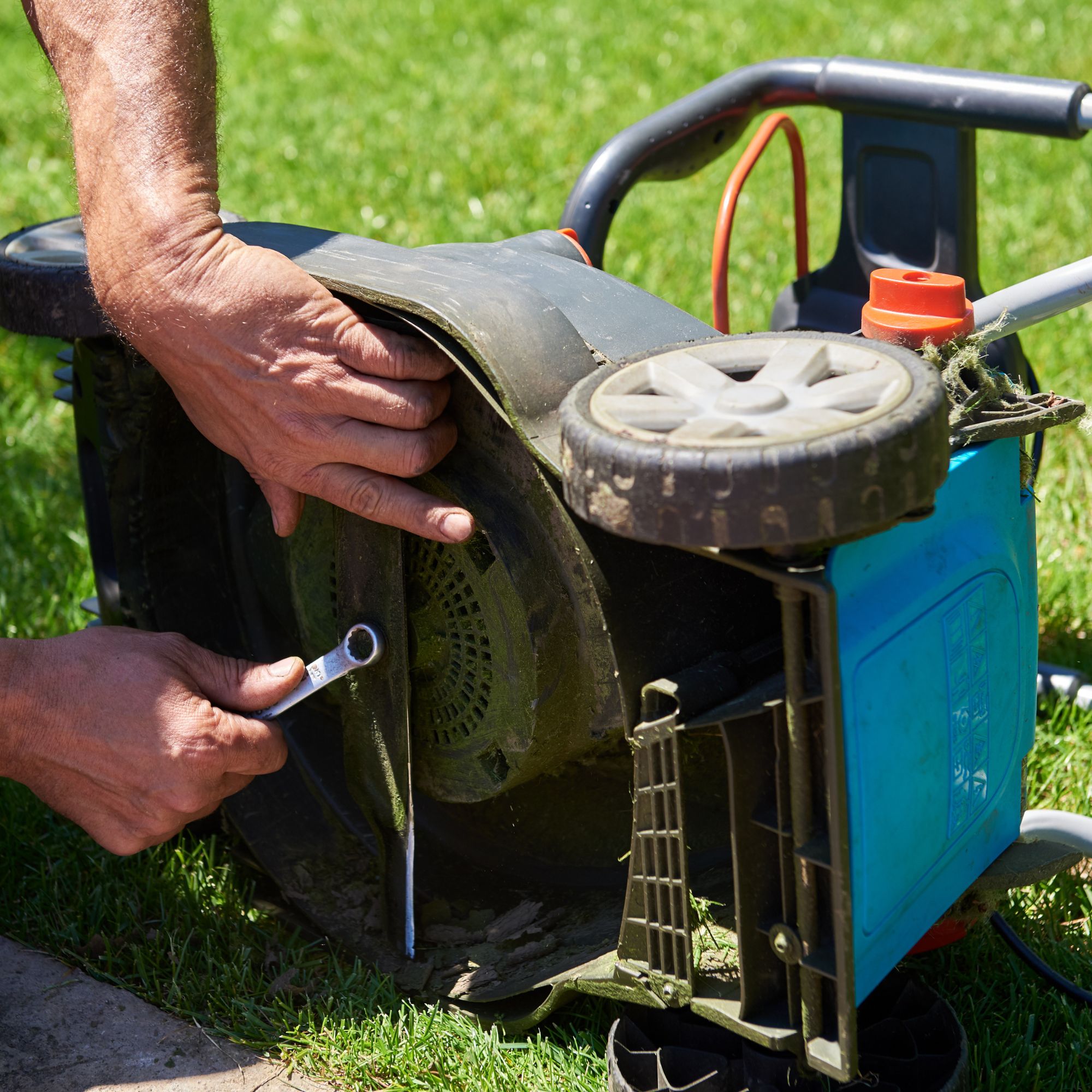
Although you can sharpen lawn mower blades while they’re attached to the lawn mower, that doesn’t mean that you should. Experts recommend that you always remove the blade from the mower before sharpening it, as this allows you better visibility and better movement. This should also limit any accidents.
To remove the blade, use a spanner to loosen the bolt holding it in place. This should be fairly easy, but if it’s become rusty over the years, you may need to lubricate it with WD-40.
As you remove the blade, it’s also a good idea to take stock of how you removed it, as blades always need to be replaced the same way they were removed. Neil says, ‘A good tip is to mark the bottom of the blade so you know which way to replace.’ You can do this with a pen or some chalk.
After removing the blade, you can examine it to see whether sharpening the lawn mower blades is worth it. As Jim Kirkwood, garden expert at Worx, explains, ‘If you see any damage or the dullness is beyond repair, then it might be time to consider changing the lawn mower blades.’
4. If you can, use a drill attachment
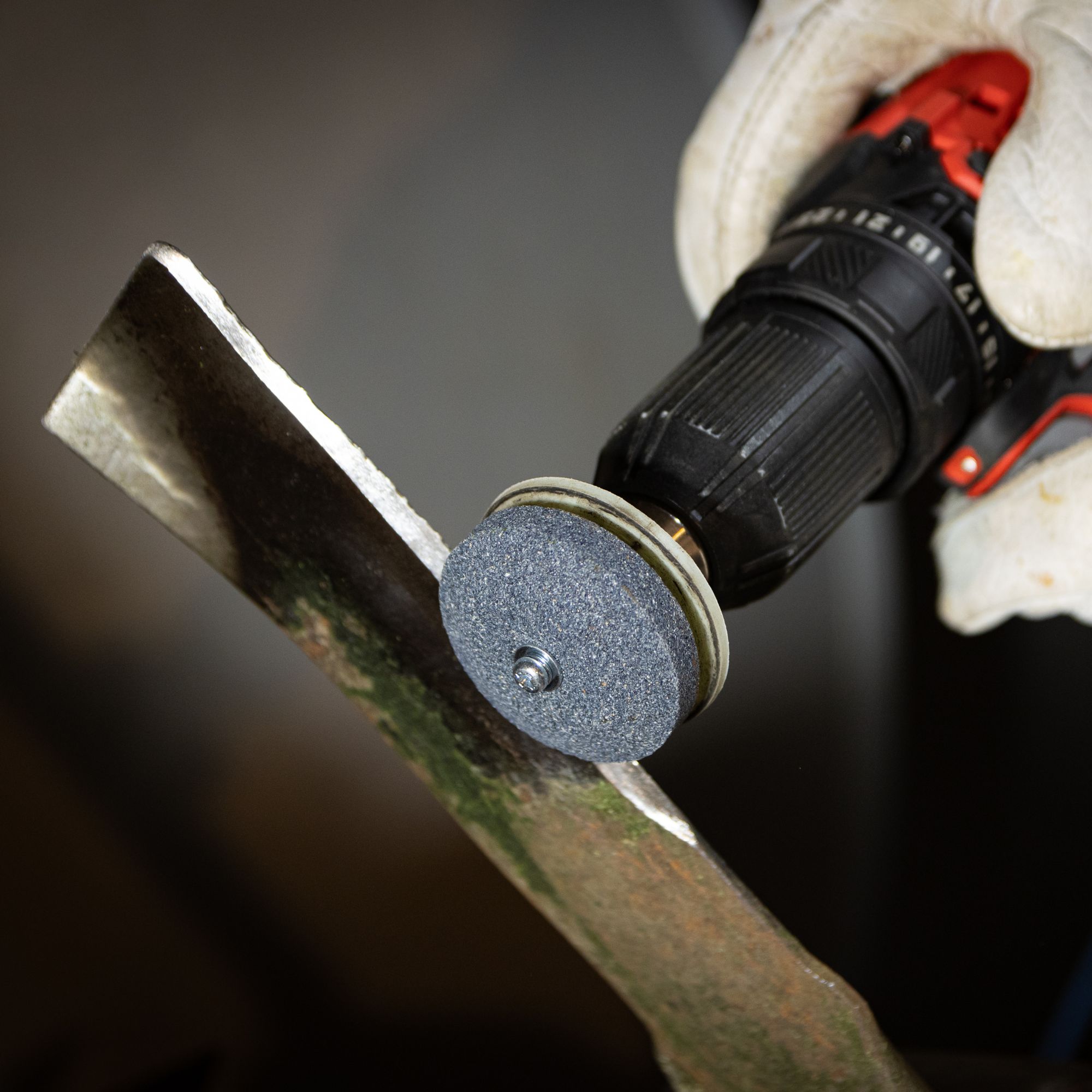
With the blade in hand, you can then pop it into a vice and choose your sharpening tool. The easiest way to sharpen lawn mower blades is to use a grinder attachment, which can be attached to your drill - like this Bosch 1.5Ah Cordless Combi Drill from Argos.
However, we understand that some people don’t have a drill or find the idea of a grinder fairly intimidating. If that’s the case, you could also use a dedicated lawn mower sharpener, which can be used to file both sides of the blade.
Graham Smith MCIHort, a gardening expert from LBS Horticulture, also advises, 'Grind at the original angle of the blade, and you should be able to feel or see this when you are working. You should be wearing protective equipment that covers your hands, eyes and ears when doing this.'
5. Balance the blade
Ideally, you should then balance your lawn mower blade. And while you can buy an expensive blade balancer for this, a more affordable trick is to stick a screw in a vice so the tip is pointing up.
You can then place the centre point of the lawn mower blade (there’s normally a hole there, anyway) on top of the screw. If it’s balanced, it should lay perfectly flat on top of the screw. If it’s unbalanced, it’ll sway one way or the other.
You can then keep filing away at the blade until it’s perfectly balanced. This isn’t a necessary step, but one that can make a big difference. As Graham says, 'If the mower blade is imbalanced, this can cause vibration and affect the cut of the grass.'
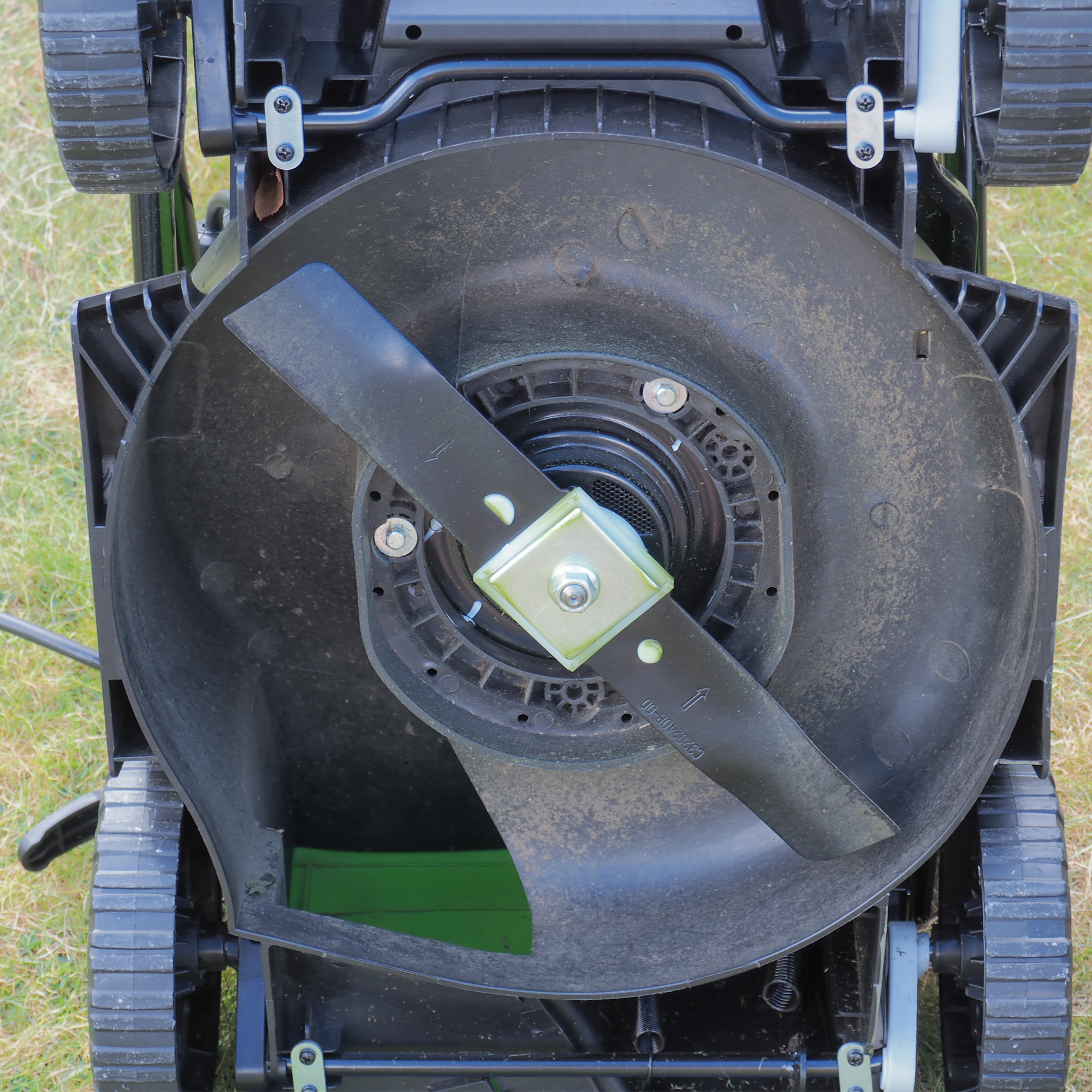
6. Reassemble the mower
When you’ve sharpened your lawn mower blade, you can then reassemble the mower. Simply re-attach the blade and secure it with the spanner.
You should then repeat this process regularly to keep your lawn mower and your lawn in tip-top condition, and most experts suggest doing this every 20-25 uses.
FAQs
Is it worth sharpening lawn mower blades?
Yes, it’s well worth sharpening lawn mower blades. As well as making your lawn mower easier to use, sharp lawn mower blades can also drastically improve the health of your lawn.
With sharp blades, you should be able to glide over your lawn without ripping out your grass in the process. This will prevent disease or other lawn concerns. In the long run, this will help your grass grow and look its best.
However, it’s important to note that sharpening your lawn mower blades isn’t always worth it. If your lawn mower is old and your blades have been damaged, it might be worth replacing them instead.
How to tell if a mower blade is sharp enough?
While it’s important to sharpen lawn mower blades, you don’t want them to be so sharp that you’d cut yourself if you were to touch them. So, take it slow and only sharpen in small increments.
If you don’t want to touch the blade to tell if it’s sharp enough, try using it. If you still feel like the blade is ripping rather than cutting your grass, it’s a sure sign that it needs to be sharper. Then you can simply repeat the sharpening process.
Now you know how to sharpen lawn mower blades, is it time to sharpen yours?

Lauren Bradbury has been the Content Editor for the House Manual section since January 2025 but worked with the team as a freelancer for a year and a half before that. She graduated with a Bachelor’s degree in English and Creative Writing from the University of Chichester in 2016. Then, she dipped her toe into the world of content writing, primarily focusing on home content. After years of agency work, she decided to take the plunge and become a full-time freelancer for online publications, including Real Homes and Ideal Home, before taking on this permanent role. Now, she spends her days searching for the best decluttering and cleaning hacks and creating handy how-to guides for homeowners and renters alike, as well as testing vacuums as part of her role as the Ideal Home Certified Expert in Training on Vacuums, having spent over 110 hours testing different vacuum models to date!
